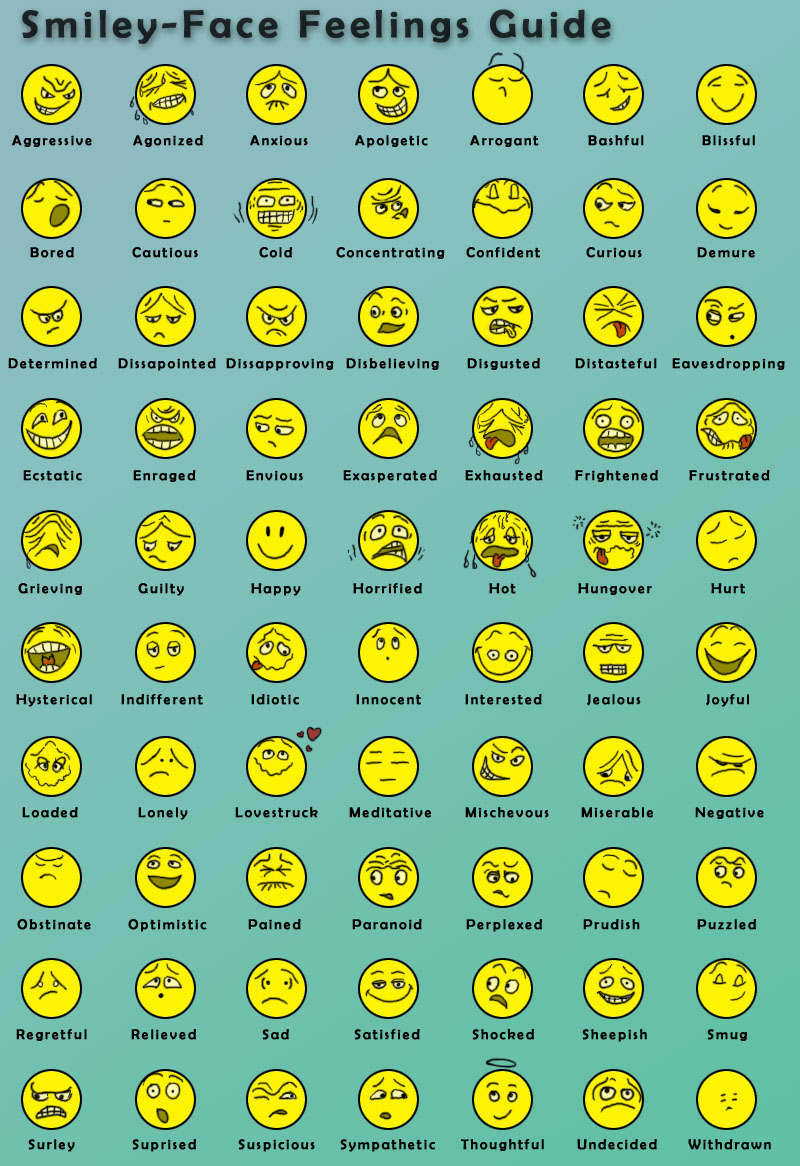New media has been emerging lately thanks to the rapid development in technology and the widespread of internet usage around the globe. In the sense that public understanding of issues surrounding the Internet and other forms new media communications grows vastly over the last few years, so does the usage of these new media.
Generally, old media is considered one-directional. Although a single source of information broadcast by television or radio has the potential to reach a worldwide audience, the audience typically cannot interact with the source.New media communications includes websites, chat rooms, bulletin board services (BBS), and e-mail list servers. This new format also includes social networking or video-sharing platforms. Here are some classification of new media used for blogging:
• Moblog – mobile blogging,
• Vlog – video blogging,
• Splog – spam blog,
• Linklog – URLs (hyperlinks) blogging,
• Sketchlog – sketch blogging,
• Tumblelog,
• YouTube
• Online newspaper,
• Online magazine,
• Online books,
Youtube, twitter, facebook, and other social media have been multitasking as the sources for news. With their presence, people no longer get information or news solely from newspaper or magazines. Journalists are now expected to be tech-savvy, at least to be able to use these new media for their advantage. This may be a disadvantage for some people, but the growing new media has been proved to be more beneficial than harmful.
US Department of Defense, for one example, changed their previously ad-hoc policy of blocking these media to actually encouraging their components to use the new media as their way to communicate with their social circle. (see
DoD official policy)

References:
1. DoD Official Policy on New/Social Media, viewed at 15 April 2010, at
DoD Official Policy on New/Social Media
2. Revell,M, 2009, All About Blogging, History of Blogs, Types of Blogs, viewed at 18 April 2010 at
http://www.webeditorblog.com/
3. What Are the Different Types of New Media Communications?, wisegeek.com, viewed at 14 April 2010 at
http://www.wisegeek.com/what-are-the-different-types-of-new-media-communications.htm
4. Wikipedia, viewed at 18 April 2010, at
http://en.wikipedia.org/wiki/Blog#cite_note-9


 (Wikipedia)
(Wikipedia) (Garfield without Garfield)
(Garfield without Garfield)



 Internet privacy consists of privacy over the media of the Internet: the ability to control what information one reveals about oneself over the Internet, and to control who can access that information. With the rapid growth of technology, especially the internet nowadays, it is only normal that general information of generally most people can be found on the net with a single click. Have you tried Goggling your own name? Most of the time, people will straight away be connected to their Facebook page, Twitter profile, MySpace, or the good old Friendster page. It is easier than ever to get connected to friends and family, but at the same it is also easier for people who do not even know you, to know almost little thing about you.
Internet privacy consists of privacy over the media of the Internet: the ability to control what information one reveals about oneself over the Internet, and to control who can access that information. With the rapid growth of technology, especially the internet nowadays, it is only normal that general information of generally most people can be found on the net with a single click. Have you tried Goggling your own name? Most of the time, people will straight away be connected to their Facebook page, Twitter profile, MySpace, or the good old Friendster page. It is easier than ever to get connected to friends and family, but at the same it is also easier for people who do not even know you, to know almost little thing about you.




